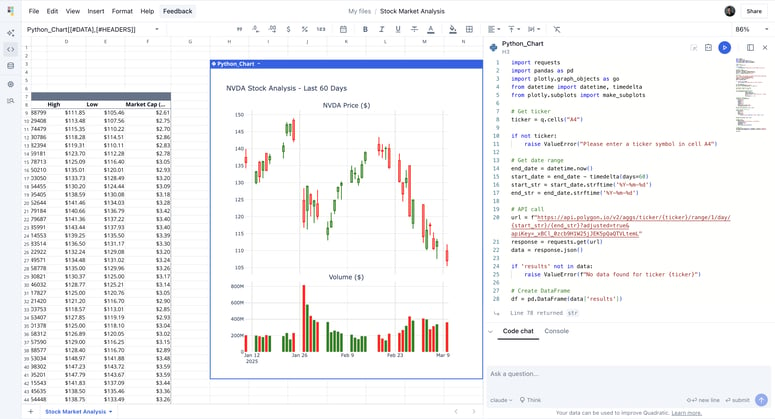On January 16, 2025, Google rolled out a game-changing update that shook the world of web scraping. The update targeted Google’s search results, making it even harder for automated bots to scrape data. With this shift, many proxy users found themselves facing an uptick in CAPTCHA challenges. But here’s the truth: a higher number of CAPTCHA requests doesn’t mean your proxy is subpar. In fact, understanding the real reasons behind these challenges is key to navigating the new landscape.
Google’s Never-Ending Battle Against Scrapers
Web scraping, especially when it comes to Google’s search results, has always been a thorn in the side of the tech giant. Scrapers can distort search rankings, breach terms of service, and ultimately harm the integrity of Google’s data. To fight back, Google has continuously upgraded its security systems, and the Google’s January 2025 update is no exception. This time, the focus is sharper—Google has made its anti-bot measures even more aggressive, scanning a wider range of user activity to pinpoint anything suspicious.
Today, whether you’re using SEO tools, custom bots, or even automated scraping scripts, encountering a CAPTCHA is more common than ever. Why? Google’s systems are learning to recognize the nuances of real human traffic and are cracking down on anything that doesn’t measure up.
What CAPTCHA Really Means for Your Scraping Efforts
CAPTCHA—the digital test designed to distinguish between bots and humans—has always been an integral part of Google’s anti-scraping toolkit. When Google detects patterns that seem out of the ordinary (think: too many requests, repeated actions, or suspicious user-agent behaviors), it throws up a CAPTCHA challenge to verify that the user is, in fact, a human.
But let’s clear the air: encountering CAPTCHA doesn’t automatically point to a poor-quality proxy. Even top-tier proxies, complete with rotation and geographical variety, can be flagged by Google’s advanced algorithms. Why? Google’s not just looking at the IP address anymore—it’s evaluating a range of factors, including:
Request Rate: Too many requests in a short time? That could be a red flag.
Traffic Patterns: Repetitive activity from a single IP or odd browsing behavior can raise suspicion.
Geographical Location: If your IPs are clustered in a single area, Google might think something’s up.
Why CAPTCHA Challenges Don’t Mean Your Proxy Is Failing
CAPTCHA challenges are a regular part of Google’s defense mechanisms. They don’t mean your proxy is failing. In fact, the best proxies offer the anonymity and protection you need to keep your identity safe while scraping. But even the highest-quality proxy services can still get caught up in Google’s web of detection.
Why? Because Google doesn’t just block IPs—it analyzes patterns that signal bot behavior. If you scrape data too quickly, target a specific region, or make the same requests over and over, Google will interpret that as automated activity, triggering a CAPTCHA response.
How to Minimize CAPTCHA Challenges and Stay Ahead
The key to successful web scraping lies in understanding how to minimize CAPTCHA challenges while staying under Google’s radar. Here’s how:
Leverage Rotating Proxies: Use a rotating proxy service to access a massive pool of IPs that change automatically. This makes your scraping activity appear more natural, reducing the chances of being flagged.
Control Your Request Speed: Google’s system is highly sensitive to traffic patterns. By spacing out your requests, you’ll make your scraping look more like organic human browsing. Slow and steady wins the race.
Use CAPTCHA-Solving Solutions: There are tools and services that can bypass CAPTCHA challenges automatically, saving you time and frustration.
Vary Your IP Locations: Geographic variety is crucial. Using proxies from different parts of the world makes your traffic appear like it’s coming from legitimate global users, lowering your risk of triggering CAPTCHAs.
Simulate Human Behavior: Get creative with your scraping setup. Rotate user agents, randomize request intervals, and implement browser fingerprints. These tactics will make your bot traffic look more like real human browsing.
By combining top-notch proxy services with a few strategic tweaks on your end, you can navigate Google’s anti-bot defenses and continue scraping efficiently. With the right tools and mindset, your web scraping efforts don’t have to be derailed by CAPTCHA challenges.




Top comments (0)